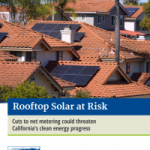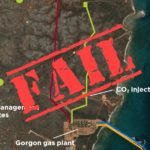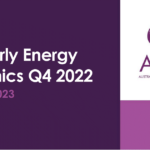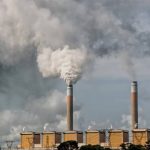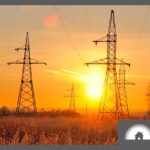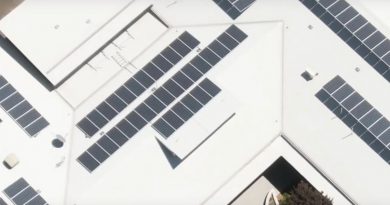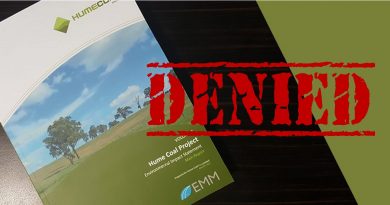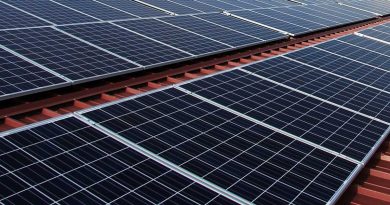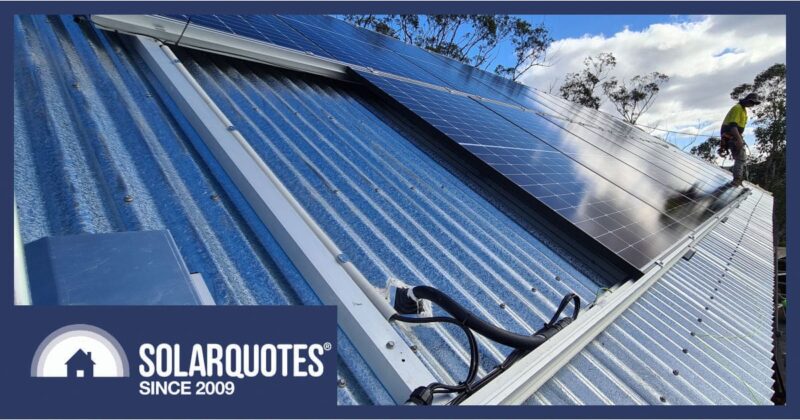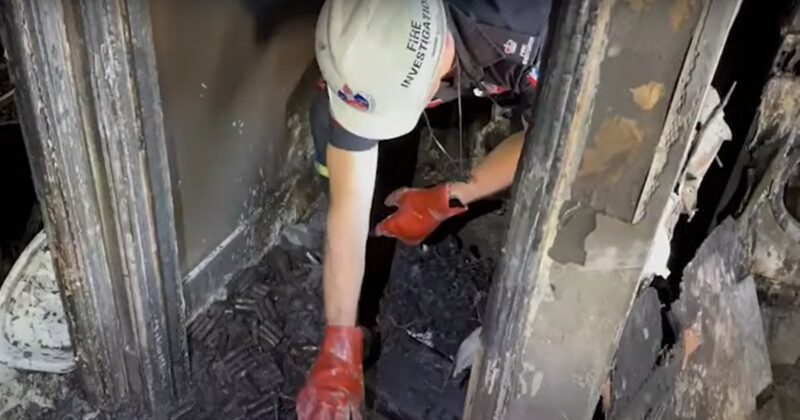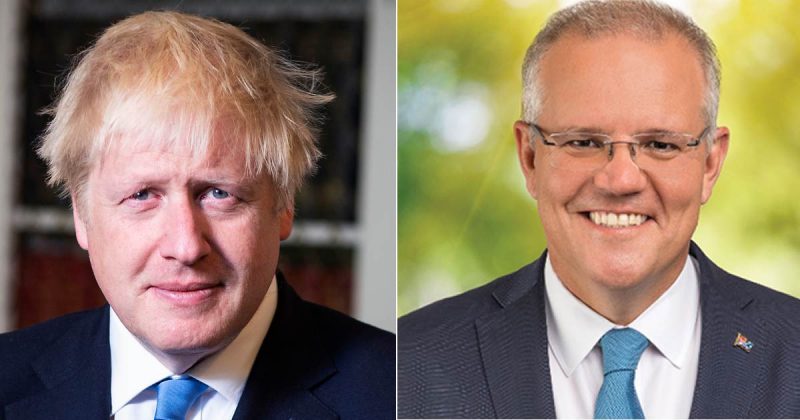The Net Zero Australia Report & The $7-9 Trillion Panic

The Net Zero Australia Report came out on Friday, and I gotta tell ya, it’s a doozy! It’s so enormous the report’s summary report is 95 pages. It would take me a month of Sundays to get through the whole thing, but I have exactly one Sunday, so I’ll quickly say what it’s about and describe how you’re likely to see its results abused online and in the media.
But don’t worry, I’ll make sure Ronald, our bearded blogger, gets around to writing an in-depth article later on what it says about the future of Australian solar.
Wait a minute… I am Ronald, the bearded blogger! Goddammit! I just made work for myself!
The Net Zero Australia report is the result of collaboration between the University of Melbourne, Princeton University, The University of Queensland, Nous Group Consulting, and other strange people. It describes in great detail what Australia needs to do to reach net zero greenhouse gas emissions by 2050. It’s an extremely interesting report that took an immense amount of work from a wide range of experts and is mostly wrong.
It’s just unavoidable that most of these predictions are gonna be off. We’re looking at a whole bunch of scenarios, and there’s no way they can all pan out. If one of them happens to be mostly right, well, that’s just blind luck. I mean, come on! Predicting stuff over 27+ years? That’s like someone back in 1990 saying, “Hey, Trump’s gonna be president ’cause he’s got this knack for writing 140 characters that really tick off Americans!”.
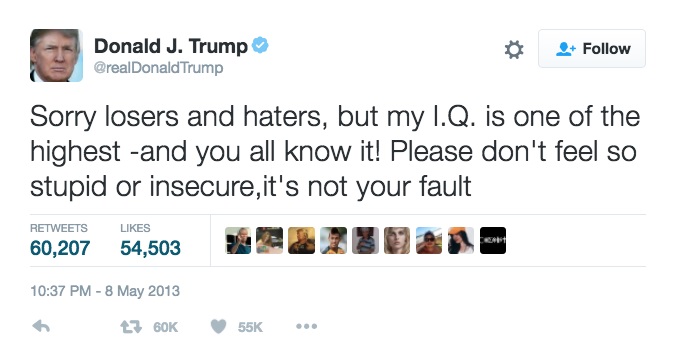
Trump’s leadership qualities were shining through as early as 2013. I can’t believe it took another 7 years for America to make him President.
Or, on a more technical level, it’s like predicting back in 1996 that today 30% of Australian homes would have rooftop solar.
Even though it’s unlikely that any of these scenarios will be 100% spot-on, that doesn’t mean it’s a waste of time to dig into what Australia needs to do to achieve net-zero emissions in the coming decades—or, fingers crossed, even sooner. This report’s got it all, covering a whole spectrum of topics, like:
- Expansion of solar and wind generation.
- Energy storage, including batteries and pumped hydro.
- Electricity transmission upgrades and expansion.
- Hydrogen production — both likely and imaginary. (It’s a little optimistic on this topic.)
- Electrification of road transport.
- Energy efficiency.
- Reducing industrial emissions.
- Carbon Capture and sequestration — including planting forests.
- Energy exports, eg. hydrogen.
- Capital costs and employment.
The report also mentions nuclear energy but says it will only be built in Australia if two conditions are met:
- Its cost falls well below their most optimistic estimate.
- We cut back on building solar and wind-generating capacity.
I can’t see either of those things happening, let alone both, so I’m certain it’s safe to forget about nuclear playing a role in Australia’s energy future. But if you think I’m wrong, please feel free to disagree with me — just not in the comments. Please disagree with me in somebody else’s comments. Maybe at that really popular site, ReactorQuotes.
If you want to see for yourself what the report says, here’s a link to the 95 page Modelling Summary Report.
If you want to read the full report — don’t. We may never see you again.
Big Number Abuse
I’m not going into the report’s details here, but I will tell you how you’ll see it abused online and in the media over the next few days — especially if it’s a slow news week. One thing already being misrepresented is the capital cost of all the changes necessary for Australia to reach zero net emissions. The estimate from now until the year 2060 is $7 to $9 trillion.
That’s a massive amount of money and there are already people whinging about it on the internet. They’re doing things such as dividing $9 trillion by 26 million Australians to get $350,000 dollars each and saying there’s no way Australia can afford this. They’re definitely right that it’s a huge amount of money, but what these apparently panicking people either don’t know or are choosing not to tell you, is that we’re likely to spend more money if we don’t dramatically reduce greenhouse gas emissions.
This is because, even if we don’t cut emissions, we’ll still have to spend a similar amount on capital such as new generating capacity, cars, and industrial equipment. Because we’ll be spending the money anyway, we may as well use it to get low emissions versions. In many cases, it will be cheaper. The cost of solar and wind generation plus energy storage for firming is now cheaper than building new fossil fuel capacity. So we’d have to be fools to choose the more expensive and polluting option.
Now let’s talk about road transport. Yeah, electric cars might not be as budget-friendly as we’d want them to be right now, but their prices are dropping, and they’re way cheaper to operate than their gas-guzzling cousins. Here’s the deal: if we don’t shift gears and go electric on the roads, we’re just going to keep shelling out more cash in the long run.
Reducing emissions from industrial processes, or replacing them altogether, may not result in lower costs, but often does. While there will be costs to reducing emissions from industry, there will also be savings.
I mean, think about it. We will be dropping trillions on new capital over the next 37 years, so why not put that cash towards the stuff that won’t wreck our planet? And hey, it could even save us some cash in the long run. That’s before we even factor in the bonus of dodging all that nasty environmental damage.
So when people whinge about the apparent cost of zero net emissions, please remember the following points:
- We would spend as much or more if we don’t reduce emissions.
- The estimated $7 to $9 trillion amount will be spent over around 37 years.
- It includes expenditure by and for perhaps 10 million Australians who don’t exist at this time. This is because they are either living overseas or haven’t yet been born.
- By 2060 — unless things go terribly wrong — Australians will be much richer and far more able to afford capital expenditure.
So most of the capital cost will be paid by Australians who are richer than they are now, and a large portion will be paid by Australians who don’t yet exist. Whether or not we cut emissions, we will still have to spend trillions, but cutting emissions is likely to be cheaper.
DON’T PANIC!!!
Massive reports can be daunting. Hundreds of pages of charts, graphs, and dense text can make cutting emissions appear an impossibly complex task. But it’s a lot simpler than it appears. We know what we need to do now to dramatically cut emissions over the next few years. Eliminating coal consumption and increasing EV use are two major steps we have clear solutions for.
At this moment, we may not know the best way to eliminate emissions from all forms of transport or all industrial processes, but we will find out on the way. We’ve already started down this path, and there’s no reason why we can’t pick up speed. If you panic over all the details, you risk missing the forest for the trees.
In fact, we should plant a few goddamn forests to make sure no one misses them.
Original Source: https://www.solarquotes.com.au/blog/net-zero-australia-panic/



